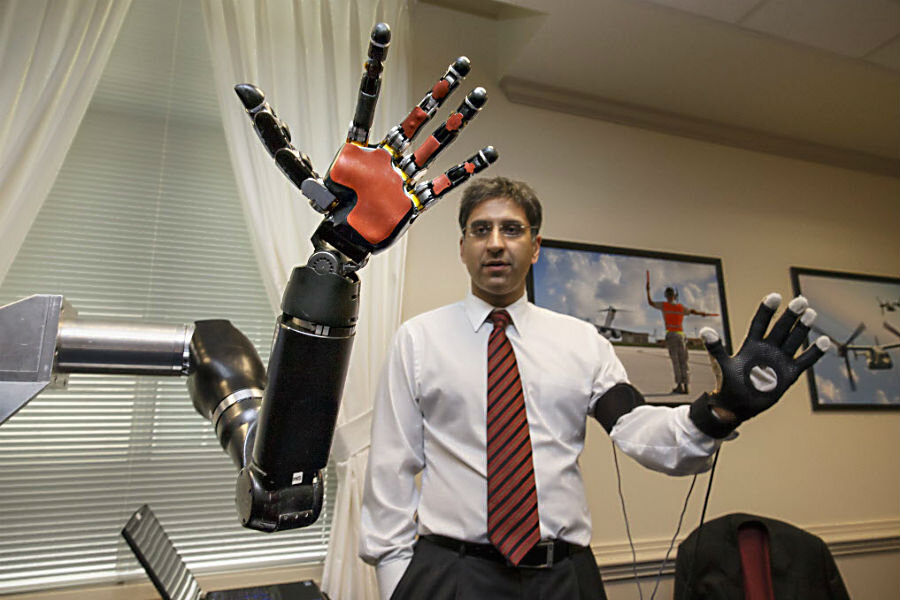What's in store for DARPA's annual robotics contest?
Loading...
If all goes as planned, this June in Pomona Calif., 25 humanoid robots built by different companies will make their way through an obstacle course meant to resemble a disaster area.
Started in 2012, the annual contest is hosted by the Defense Advanced Research Projects Agency, the Pentagon's high-tech research unit. DARPA had previously selected eleven companies as finalists. On Thursday, the agency announced the final 14. The companies hail from Germany, Italy, Japan, China, South Korea, and the United States.
Gill Pratt, a program manager of the Robotics Challenge, told LiveScience that the participants will have one hour to finish the course, which involvesfirst driving a vehicle to a simulated disaster zone and walking about 30 feet through a field of obstacles. After that the robots must close a valve, do some wiring, cut a hole through a wall, climb stairs, and exit the building, according to the report. There is also be a surprise task that the teams cannot prepare for, Pratt said.
"We are trying to make robots and human beings work together," Pratt said in a Thursday news conference. "Robots are very good at working in dangerous environments, while humans are very good at making judgment calls."
Teams earn points for completing each of the tasks, but if teams are tied, the one that completed the course faster will win. The three winning teams will receive a combined $3.5 million in cash, LiveScience reported, citing DARPA officials.
This year there is a new wrinkle in the competition. The competition organizers will intentionally disrupt communications between the robot and its human controllers forcing the machines to function semi-autonomously. The robots will also have to operate untethered, which requires them to maintain their balance or, if they fall down, to able to get back up.
The contest and its sponsor raises some concerns as to what the Department of Defense's ultimate end game with robotics is. Google, who acquired the Japanese robotics company Schaft Inc., in late 2013, has pulled the company's earlier robot submission to DARPA's Robotics Challenge, according to the Wall Street Journal. Google has been investing more and more in robotics, but did not want Schaft's technology on display for DARPA, according to the report. Google has not commented publicly on why it withdrew the Schaft robot.
But LiveScience did reveal that these robotics companies were working with artificial intelligence outfits such as NASA and Google's Boston Dynamics, which has done the AI work for DARPA's own Atlas robot, which will compete in the summer competition, according to a separate story from LiveScience.
Editors Note: The original version of this article misstated the number of newly selected finalists.






